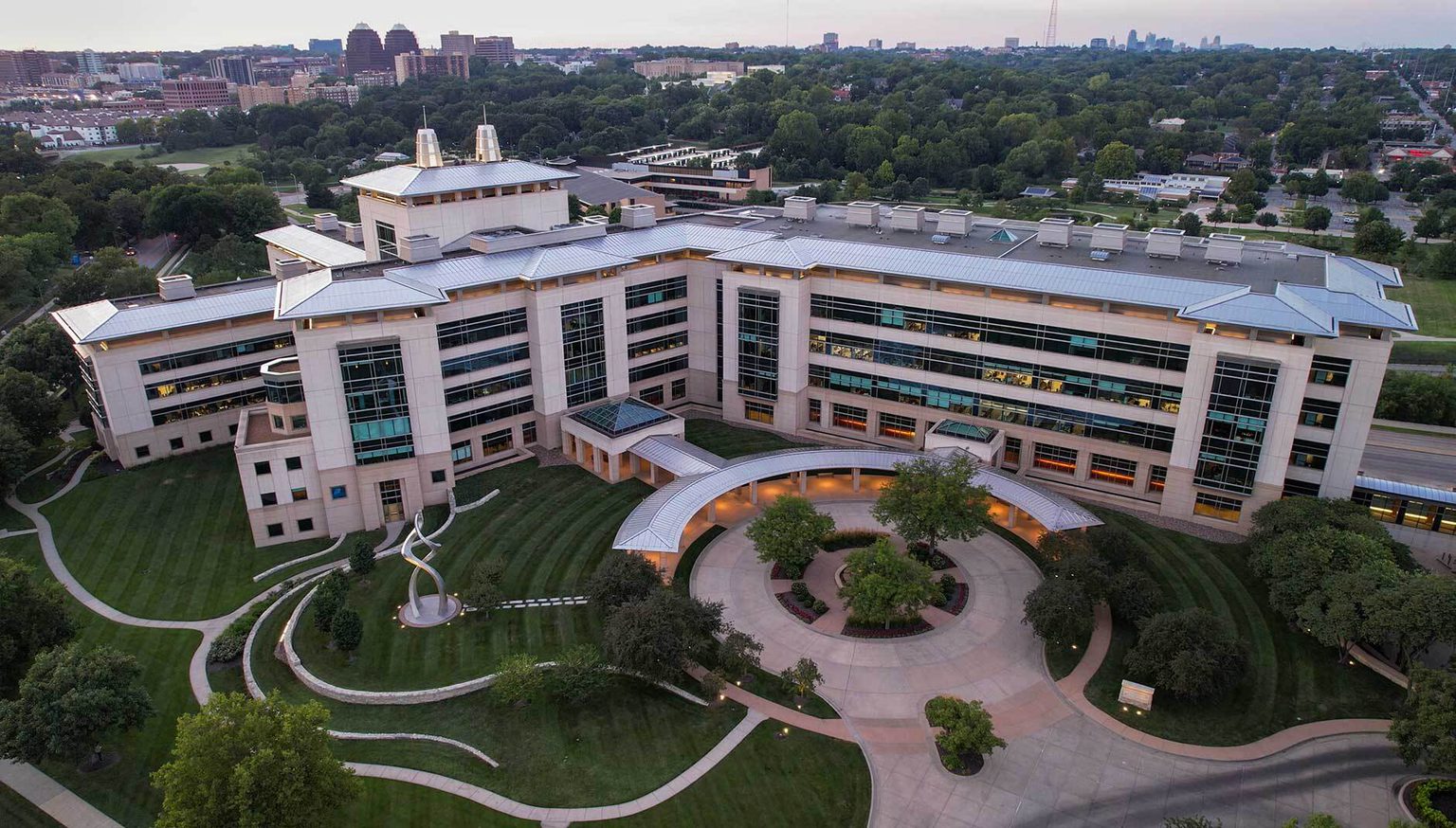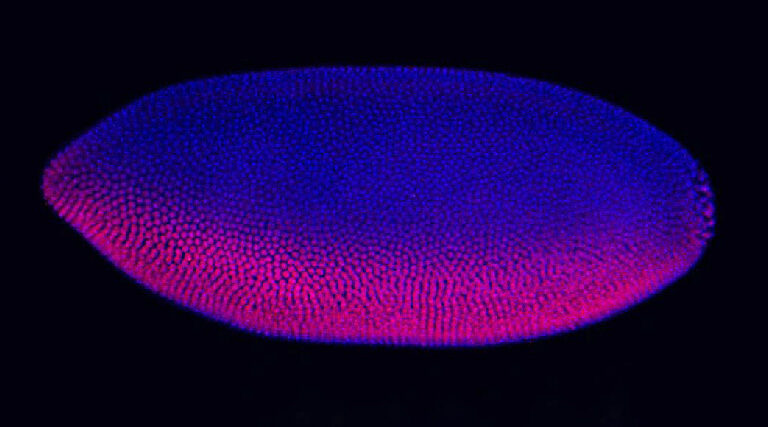News

18 December 2025
2025 in Review
Eleven key moments and achievements from the Stowers Graduate School in 2025
Read Article
The Graduate School of the Stowers Institute for Medical Research
News
Kaelan Brennan is a predoctoral researcher in the Zeitlinger Lab at the Stowers Institute. He provided a “Look in the Lab” to showcase the research the team is currently conducting.
Kaelan Brennan is a predoctoral researcher in the lab of Julia Zeitlinger, Ph.D., at the Stowers Institute. He provided a “Look in the Lab” to showcase the research the team is currently conducting.
“We use experimental and computational approaches to study the mechanisms that the cell uses to turn genes on and off during development and across evolution,” Brennan said.
Gene regulation is the process by which a cell determines which genes to turn on and off at specific times. This gene activity in turn determines cell identity and function. The Zeitlinger Lab analyzes whole genomes to predict the fate of cells.

Kaelan Brennan
The hope is that by studying DNA sequence information, and how that information is read and interpreted by the cell, researchers will be able to further their collective understanding of the mechanisms that regulate gene expression.
This is important because many human diseases are caused by defects in this kind of regulation.
The Zeitlinger Lab uses several different research organisms to gain insight that could potentially be applied to the human genome in development and disease.
“We study mouse embryonic stem cells, mouse trophoblast stem cells, yeast, and my personal favorite, the fruit fly Drosophila melanogaster,” Brennan explained. “By using multiple systems in our research, we’re able to explore the conserved mechanisms that the cell uses to regulate gene expression.”
Tatiana Gaitan, another predoctoral researcher in the Zeitlinger Lab showed how she studies the evolution of DNA sequences important to gene regulation.
“In the lab we use powerful computational approaches, including machine learning models, to better understand the information embedded in a DNA sequence. This allows us to uncover interesting genome-wide patterns,” Brennan added.

Dorsal, a key gene-regulating factor for body patterning, forms a morphogen gradient (magenta) along the front-back axis in the early Drosophila embryo.
Brennan introduced another member of the lab, predoctoral researcher Khyati Dalal, who studies how the environment plays a role in regulating gene expression in mouse stem cells.
In the video above, Dalal showed one of her current experiments and explained, “Here I am looking at gene expression in early mouse embryos by labeling different RNAs. You can see different colors, and when we merge it, you see a beautiful image of all the merged gene expression by labeling.”
Brennan showed the computational office – a unique feature of the Zeitlinger lab -- where postdoctoral research associate, Charles McAnany, Ph.D., explained his work.
“Here we’re looking at two proteins we’re studying in the lab. We’re looking at how they precisely interact with the DNA and with each other. What we’ve found is that each one of them on its own can bind DNA, but when you bring them together, they enhance each other’s binding cooperatively to give you very strong binding,” McAnany said.
Watch the video above to go inside the lab. You can learn more about the Zeitlinger Lab and the team’s research here.
News

18 December 2025
Eleven key moments and achievements from the Stowers Graduate School in 2025
Read Article
News
24 November 2025
Students working with Pillai can look forward to studying deep evolutionary biology paired with advanced protein biochemistry and artificial intelligence to investigate and explore these questions.
Read Article
News
19 November 2025
Sankari believes the Stowers Graduate School is a place for emerging scientists to pursue their passions, contribute to discoveries, and achieve success.
Read Article
